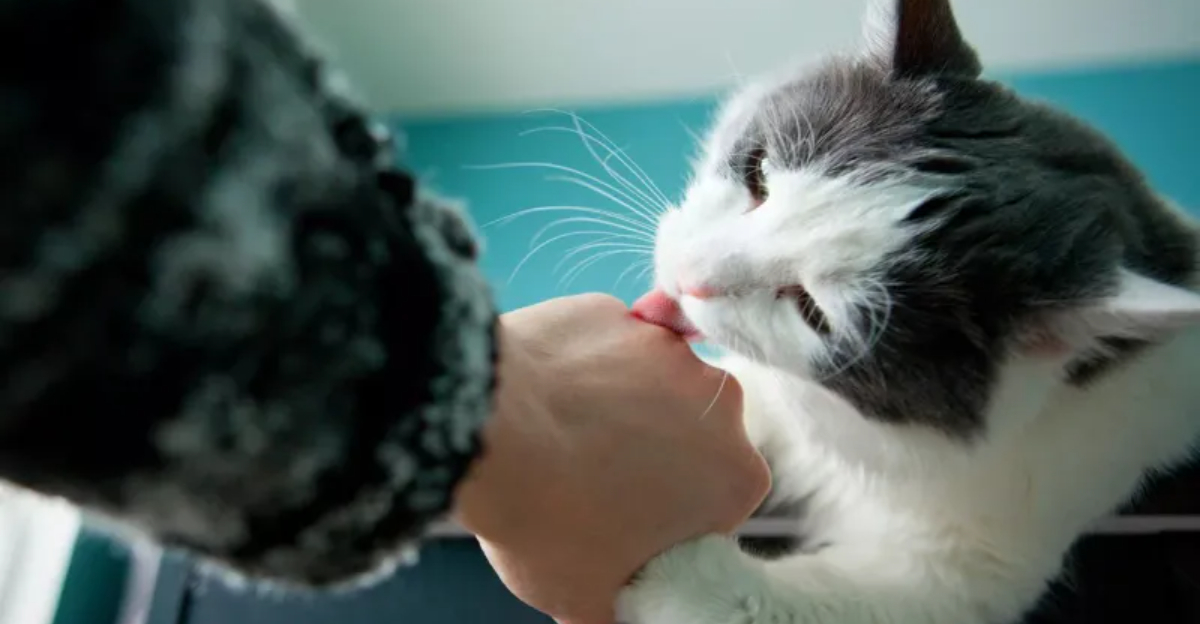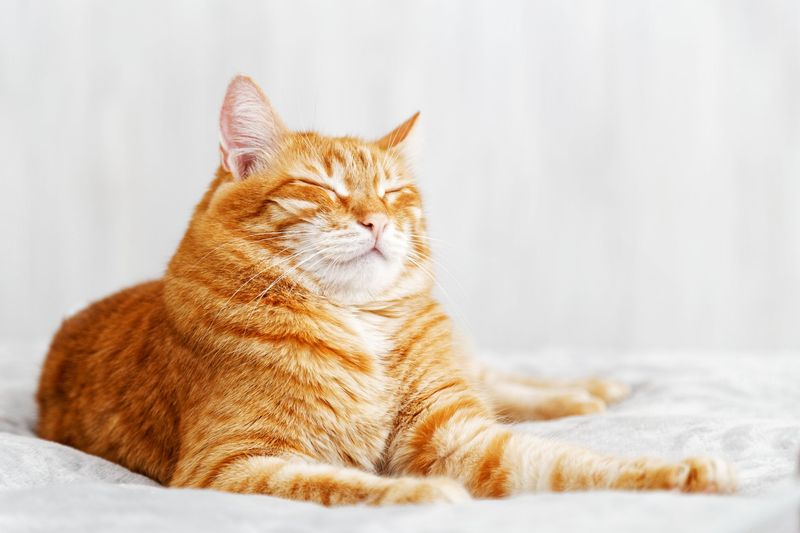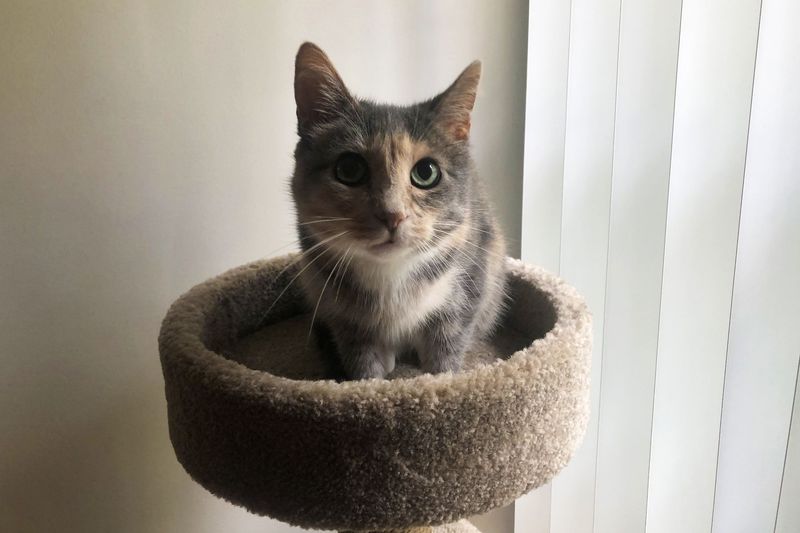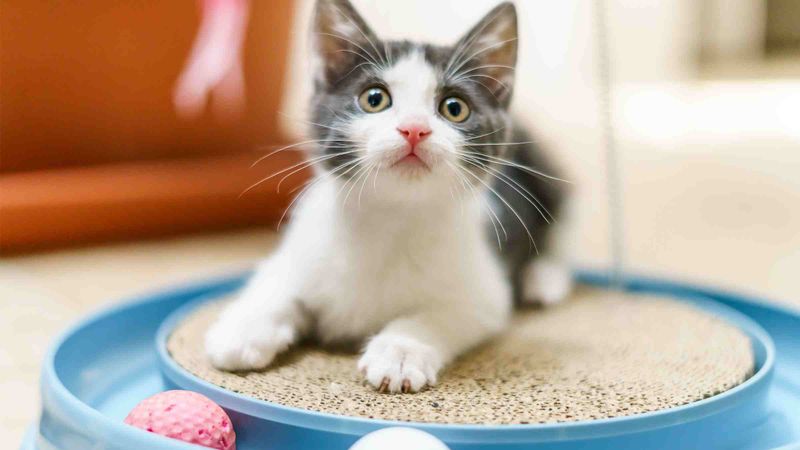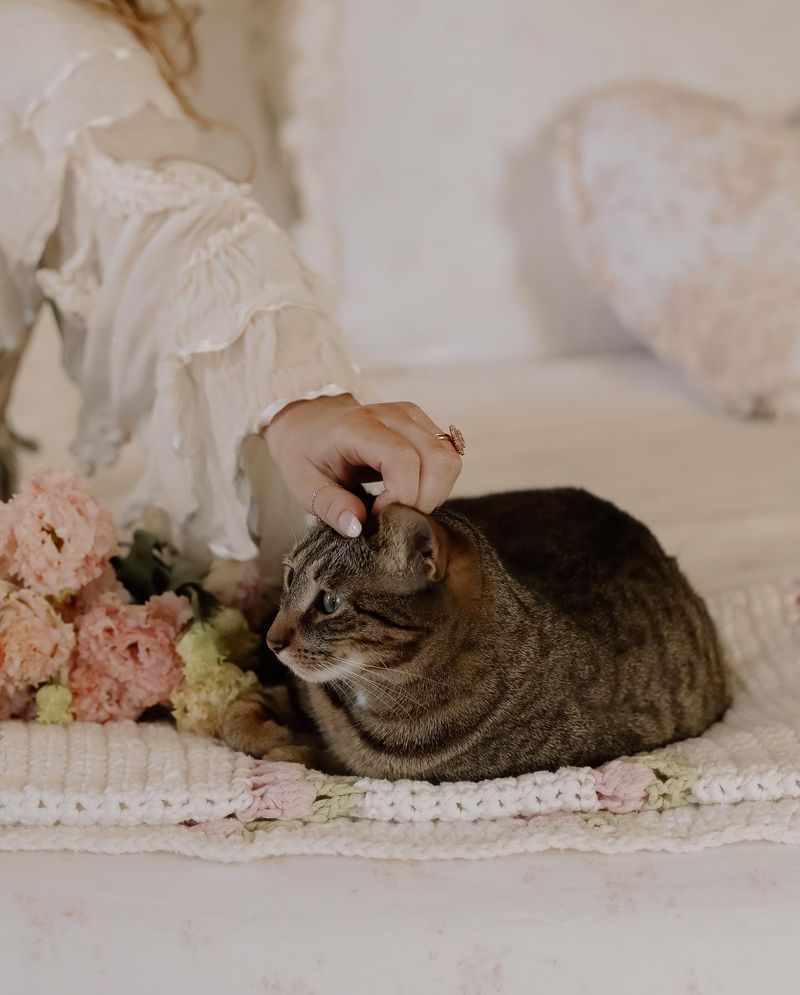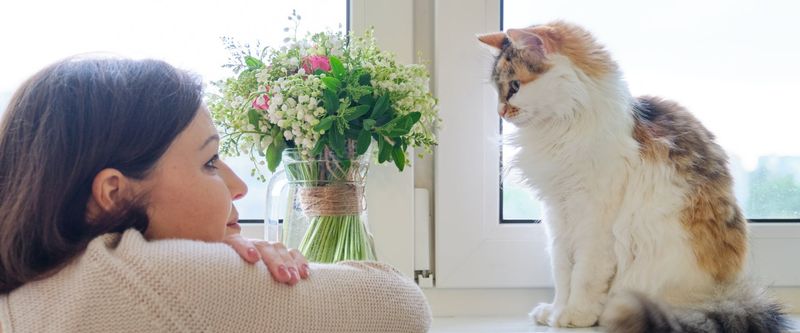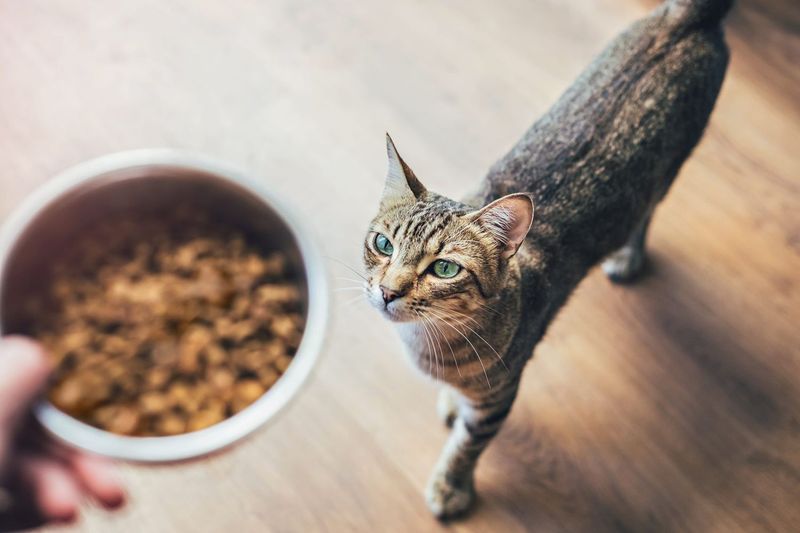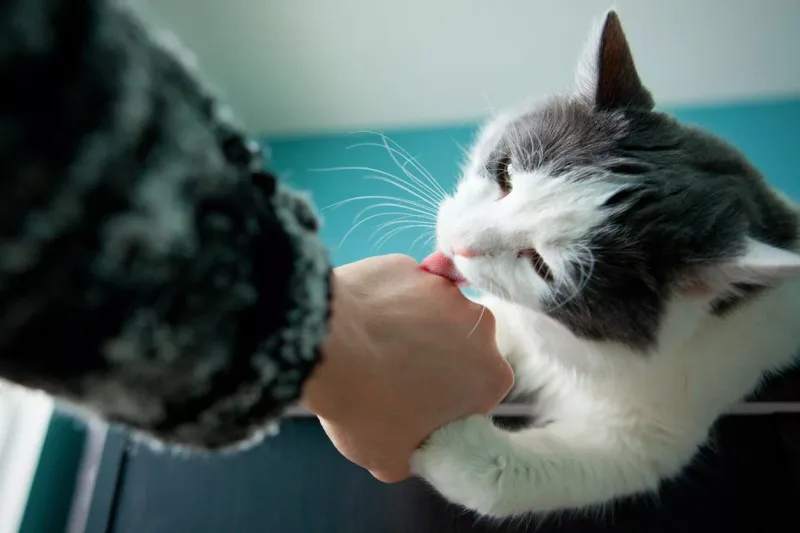📖 Table of Content:
For cat owners, the bond with their feline friend is built on subtlety, patience, and daily rituals that quietly say, “I care about you.” While your cat might never wag a tail or jump into your arms, the small exchanges and consistent actions throughout your day carry powerful emotional weight.
Understanding how to express love in a way that cats recognize can deepen your relationship and create a lasting sense of security and companionship. Cats are highly perceptive and pick up on energy, tone, and routine—elements that, over time, help form a foundation of trust. Whether it’s through physical closeness, vocal interactions, or simply respecting their space, these understated moments of connection matter far more than grand gestures.
This article explores seven everyday actions that serve as quiet affirmations of love for your cat. Each one contributes to a deeper bond, showing them that they are safe, cared for, and cherished. Even if your cat isn’t the cuddliest or most expressive, these behaviors can open a pathway to more affection and mutual understanding.
1. Blinking Slowly at Your Cat
Making eye contact with your cat and blinking slowly can be a powerful nonverbal message. Cats interpret this gesture as a peaceful signal, often returning the slow blink to indicate trust and relaxation. Unlike staring, which they perceive as threatening, slow blinking mimics the way cats communicate affection with one another. By sharing this quiet moment, you’re speaking their language of comfort and connection. It’s not something you need to force—just notice those moments when your cat looks your way and offer a gentle, lingering blink. Often, you’ll be met with a return blink or even a soft approach. These are the beginning signs of a cat that feels emotionally safe in your presence.
2. Respecting Their Space
Choosing to give your cat space when they seem withdrawn or cautious demonstrates a profound respect for their autonomy. Cats thrive when they feel in control of their environment, and being forced into attention can lead to stress or mistrust. Instead of approaching when they’re clearly not interested, waiting for your cat to initiate contact can build a deeper, more genuine connection. This patience shows your cat that you see them as an individual with boundaries worth honoring. Over time, they’ll be more likely to come to you, sit near you, or show affection on their own terms. Trust built this way tends to last and creates a calm dynamic between you. Respecting space, in a cat’s world, is a form of deep emotional intelligence.
3. Engaging in Playtime
Offering playtime consistently each day becomes a shared ritual that reinforces joy and companionship. Whether it’s chasing a feather toy, pouncing on a crinkly ball, or chasing a red dot across the floor, play taps into your cat’s natural instincts. This engagement isn’t just for physical activity—it’s a bonding tool that communicates attention and appreciation. Even short play sessions help relieve stress, fight boredom, and signal that you’re invested in your cat’s happiness. Many cats who engage in regular play show greater affection and even seek out their humans afterward. The way your cat stalks, pounces, and interacts during these moments also teaches you a lot about their personality. It’s in this dynamic that trust quietly forms and strengthens.
4. Providing a Safe, Cozy Environment
Transforming your home into a sanctuary with cozy nooks, sunny spots, and quiet corners speaks volumes to your cat. They feel most secure when they know where to retreat or perch, away from loud noises and unpredictable movement. Providing these spaces—like a soft blanket by the window or a box tucked away—lets your cat know their needs are valued. These aren’t just comfort zones; they’re expressions of love that help reduce anxiety and promote contentment. Cats gravitate toward environments that feel safe and familiar, and when you create that intentionally, they associate those comforts with you. A well-placed hiding spot or warm sleeping area can do more to reassure a cat than hours of forced cuddling. Home becomes not just a shelter, but a personalized haven.
5. Using a Soft Voice
Speaking in soft, calm tones around your cat can transform the energy of your shared space. Cats are extremely attuned to sound and respond well to low, melodic voices that signal calm rather than chaos. When you use a soothing tone—especially during feeding, grooming, or simple greetings—it becomes part of the emotional fabric they associate with you. Over time, your cat will recognize your voice as a sign of reassurance and presence. This is especially helpful in tense situations, like vet visits or loud environments, where your voice can act as a grounding force. Even when you’re just talking to them during daily chores, they pick up on your emotional state. Your vocal rhythm becomes part of the language of love you share.
6. Feeding Them at the Same Time Each Day
Keeping a regular feeding schedule might seem basic, but for your cat, it’s a profound gesture of reliability and care. Food is central to a cat’s sense of well-being, and knowing it arrives at consistent times builds security. This predictability not only supports physical health, but also fosters emotional trust in you as their provider. When meals come with a gentle call or a quiet word, your cat learns to associate you with comfort and nourishment. Routine feedings mirror the stable social bonds cats experience in multi-cat environments. Some may even begin greeting you or meowing in anticipation, recognizing the bond that’s reinforced through this simple ritual. It’s less about the food itself, and more about the sense of order and affection that surrounds it.
7. Grooming or Petting in Preferred Spots
Touching your cat in the right spots, and at the right time, can be one of the most intimate and reassuring forms of connection. Cats often enjoy being petted under the chin, behind the ears, or along the back, and learning your cat’s preferences is a sign of attentiveness. When you groom or pet them in a way they like, you’re mimicking social behaviors they use to bond with other cats. This helps build a positive feedback loop of trust and affection. Sometimes, a cat will push into your hand, purr softly, or close their eyes—all signs that your touch is welcomed and appreciated. Even brushing their fur gently can become a ritual of closeness. Through these small, tactile affirmations, you show your cat they are known and loved.
